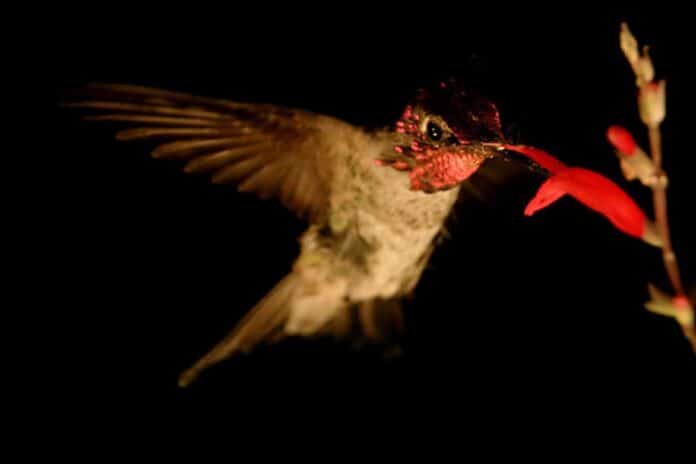Hummingbirds, renowned for their ability to hover and extract nectar from flowers, are not typically associated with consuming alcohol. However, recent observations have suggested that these tiny avian creatures may have a surprising affinity for alcoholic beverages. Contrary to popular belief, hummingbirds have been observed to occasionally indulge in alcohol consumption, challenging conventional assumptions about their dietary preferences.
This intriguing behavior raises questions about the potential effects of alcohol on hummingbirds and the reasons behind their attraction to this unconventional food source. Exploring the drinking habits of hummingbirds can provide insights into their ecological adaptations and shed light on the fascinating interplay between animals and alcohol in the natural world.
The seemingly innocuous act of providing sugar water in hummingbird feeders or encountering nectar-filled flowers harbors a hidden fermentation process, where yeast converts sugar into alcohol. This intriguing phenomenon has sparked the curiosity of biologist Robert Dudley from the University of California, Berkeley.
He is intrigued by the number of alcohol hummingbirds consumes during their daily foraging, their attraction or aversion to alcohol, and the broader implications of ethanol as a natural component of the diets of hummingbirds and various other animals.
These questions prompt an exploration into the role of alcohol in the sustenance of hummingbirds and its potential ubiquity in the diets of animals, considering that ethanol is a natural byproduct of sugary fruit and floral nectar produced by plants.
Dudley, UC Berkeley professor of integrative biology, said, “Hummingbirds eat 80% of their body mass daily in nectar. Most of it is water, and the remainder is sugar. But even if there are low concentrations of ethanol, that volumetric consumption would yield a high dosage if it were out there. Maybe, with feeders, we’re farming hummingbirds and providing a seat at the bar every time they come in.”
During the height of the COVID-19 pandemic, when field research became challenging, biologist Robert Dudley enlisted the help of undergraduate students to conduct experiments on the hummers visiting the feeder outside his office window.
The aim was to determine whether alcohol in sugar water attracted or repelled hummingbirds. The study focused on male Anna’s hummingbirds, year-round residents of the Bay Area.
The findings, published in the journal Royal Society Open Science, revealed that hummingbirds willingly consumed sugar water with alcohol concentrations of up to 1% by volume, finding it equally appealing as plain sugar water.
However, their consumption was reduced by half when the sugar water contained 2% alcohol, suggesting a threshold effect. These results indicate that in the wild, the alcohol content of natural food sources for hummingbirds likely does not exceed 1.5%.
Researchers at the University of California, Berkeley, led by biologist Robert Dudley, conducted experiments to explore the consumption of alcohol by hummingbirds. The study focused on male Anna’s hummingbirds in the Bay Area. Published in the journal Royal Society Open Science, the results showed that hummingbirds were attracted to sugar water with up to 1% alcohol by volume, finding it as appealing as plain sugar water.
However, when the alcohol concentration reached 2%, their consumption was reduced by half. The findings suggest that hummingbirds have a natural tolerance for ethanol and are not affected by its consumption. The research is part of a broader project investigating the role of alcohol in animal diets, particularly in tropical regions where fermentation of fruits and nectar occurs.
The following steps involve measuring ethanol levels in flowers and examining the frequency of its consumption by birds. These studies provide insights into the evolutionary adaptations and patterns of alcohol consumption in animals, offering a potential understanding of human attraction to and abuse of alcohol.
Understanding hummingbirds’ response to ethanol consumption sheds light on these remarkable birds‘ evolutionary adaptations and feeding strategies. The study also has broader implications for the comparative biology of ethanol consumption among animals, providing insights into patterns of attraction and abuse of alcohol, including in humans.
By investigating the natural availability of ethanol and its effects on animal behavior, this research may contribute to a better understanding of human alcohol consumption and its societal impacts.
Journal Reference:
- Julia Choi, Lilianne Lee, et al. Hummingbird ingestion of low-concentration ethanol within artificial nectar. Royal Society Open Science. DOI:10.1098/rsos.230306
